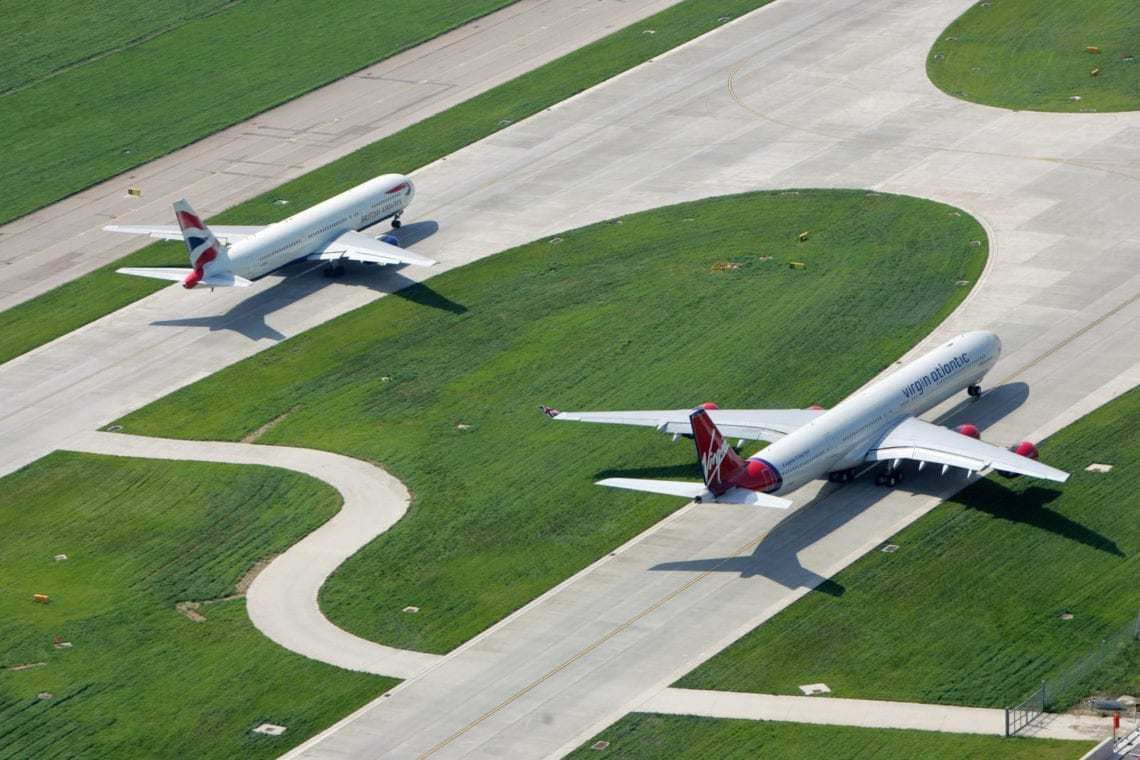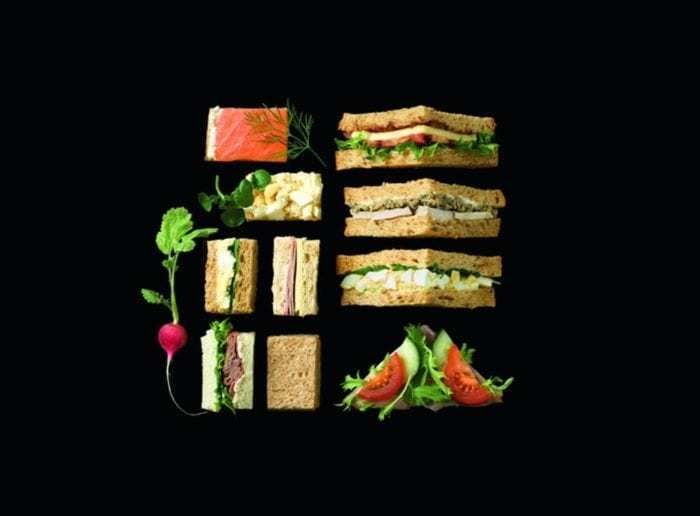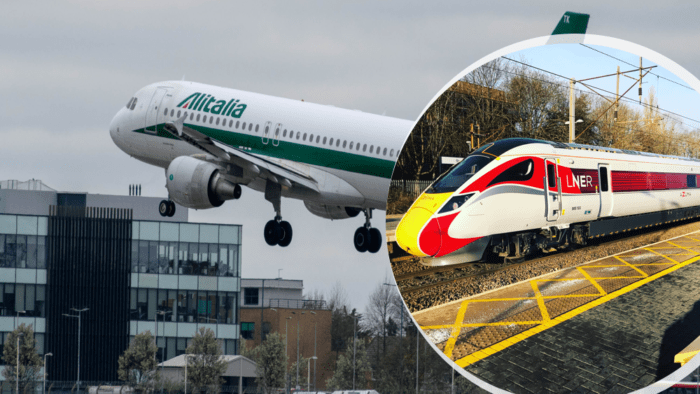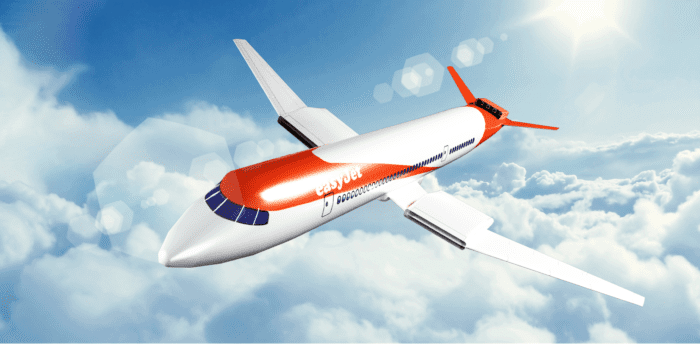Since the first flight in 1903, the aviation industry hasn’t stopped evolving. As such, this pattern is set to continue into the foreseeable future. However, with a global emphasis on low carbon travel and issues of airport crowding to contend with, how is the next 30 years going to pan out in the European aviation market??
Aviation has become a huge part of Europe’s identity. Particularly since the introduction of the Schengen Zone, travelling across vast portions of the continent is as easy as ensuring you have ID. With low-cost carrier Ryanair now the largest European airline by passenger number, the fare structure has also changed forever.
Continued cost-cutting
European aviation airlines are continuing to cut costs left, right and centre. With the rise of low-cost carriers, many passengers are beginning to favor cost over service level. This has seen the likes of British Airways cutting the food service offered on short haul flights.
Unfortunately, it seems as though this is a common theme across the board with short-haul travel. As such, the carriers that do currently offer snacks and a drink, such as Lufthansa, are likely to begin charging for such services to remain competitive.
Train vs plane
Additionally, as climate change becomes more of a concern, and rightly so, some politicians are already trying to ban flying on a European aviation route when a train would suffice. Specifically, politicians are currently targeting the route between Amsterdam and Brussels. The argument is that it is not just better for the environment to take the train, but also much quicker.
It makes sense though. When travelling on the train on Schengen journeys, passengers simply need to rock up at the platform minutes from departure. The usual hassles of airport security and the departure lounge are avoided as such. This is already having an effect, as the preferred mode of transport between Paris and Lyon is a high-speed train.
Electric aircraft
Along the same theme of choosing trains over aircraft for environmental friendliness is the rise in electric aircraft. Last year, Simple Flying reported that Heathrow Airport was running a competition for electric aircraft.
The terms of the competition state that landing fees for the first commercially available electric aircraft to operate from London’s Heathrow Airport shall be waived, saving the airline £1,000,000. Indeed, London Heathrow expects that electric aircraft could touch down at major International Airports by 2030.
The £1,000,000 figure was calculated by assuming an A320 sized aircraft would land three times a day. Over the next 30 years, it would not be a surprise to see huge leaps in electric aircraft in European aviation.
Growing congestion
Finally, airports are becoming more and more congested. Just this week, Simple Flying reported on Frankfurt’s third terminal under construction. Additionally, Heathrow Airport is currently in the process of commissioning a third runway, in order to increase its capacity.
With more routes being launched to increase the connections and capture new markets, additional landing slots will be demanded in order to service larger fleets. However, with finite space available, it is possible that over the next 30 years, some European airports could reach capacity. With this in mind, Warsaw is already looking to relocate their airport outside the city limits.
What do you think the next 30 years hold for European Aviation? Let us know in the comments!




